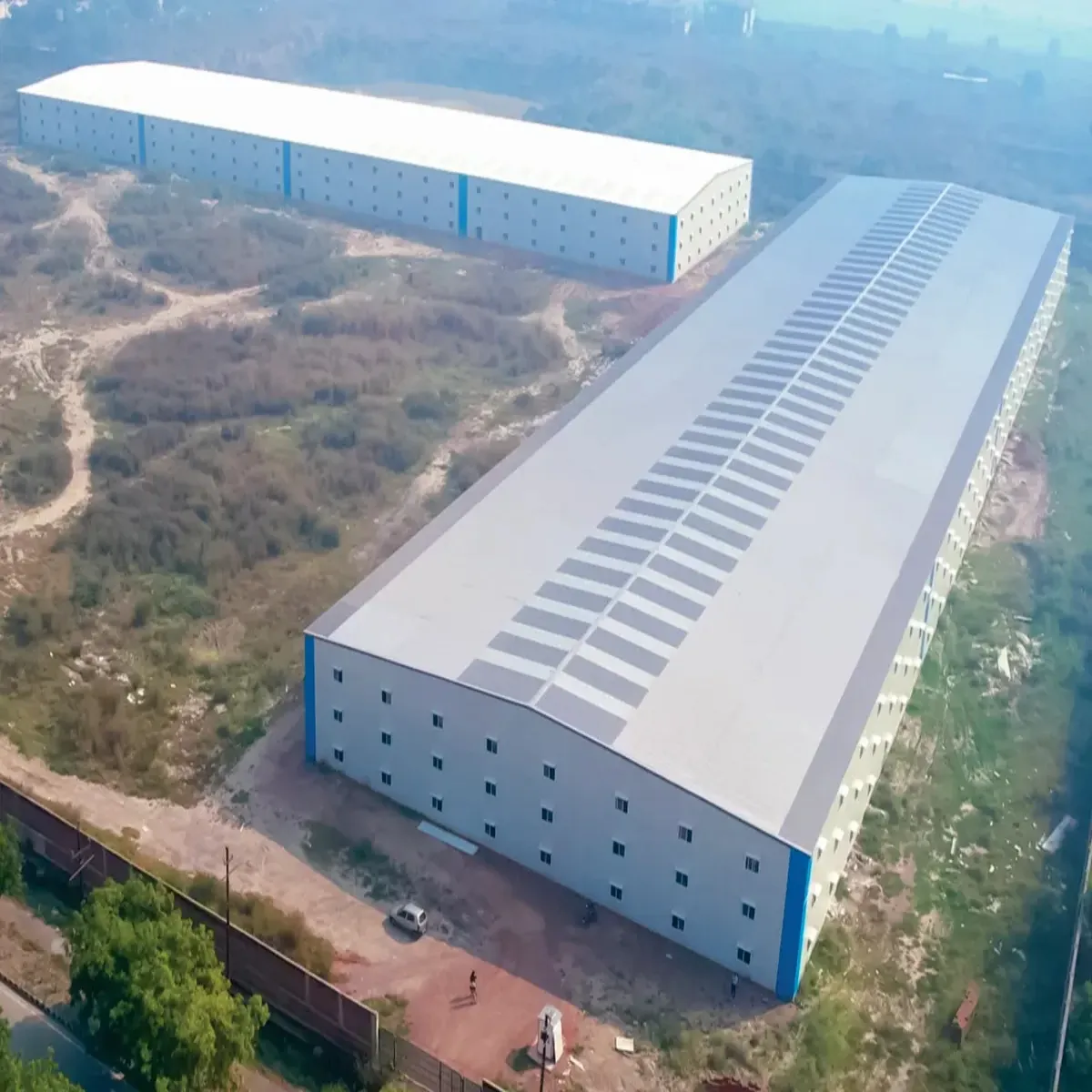- Afrikaans
- Albanian
- Amharic
- Arabic
- Armenian
- Azerbaijani
- Basque
- Belarusian
- Bengali
- Bosnian
- Bulgarian
- Catalan
- Cebuano
- Corsican
- Croatian
- Czech
- Danish
- Dutch
- English
- Esperanto
- Estonian
- Finnish
- French
- Frisian
- Galician
- Georgian
- German
- Greek
- Gujarati
- Haitian Creole
- hausa
- hawaiian
- Hebrew
- Hindi
- Miao
- Hungarian
- Icelandic
- igbo
- Indonesian
- irish
- Italian
- Japanese
- Javanese
- Kannada
- kazakh
- Khmer
- Rwandese
- Korean
- Kurdish
- Kyrgyz
- Lao
- Latin
- Latvian
- Lithuanian
- Luxembourgish
- Macedonian
- Malgashi
- Malay
- Malayalam
- Maltese
- Maori
- Marathi
- Mongolian
- Myanmar
- Nepali
- Norwegian
- Norwegian
- Occitan
- Pashto
- Persian
- Polish
- Portuguese
- Punjabi
- Romanian
- Russian
- Samoan
- Scottish Gaelic
- Serbian
- Sesotho
- Shona
- Sindhi
- Sinhala
- Slovak
- Slovenian
- Somali
- Spanish
- Sundanese
- Swahili
- Swedish
- Tagalog
- Tajik
- Tamil
- Tatar
- Telugu
- Thai
- Turkish
- Turkmen
- Ukrainian
- Urdu
- Uighur
- Uzbek
- Vietnamese
- Welsh
- Bantu
- Yiddish
- Yoruba
- Zulu
Oct . 09, 2024 03:04 Back to list
Understanding Steel Frame Flat Roofs A Comprehensive Overview
Steel frame flat roofs have become increasingly popular in modern architecture due to their numerous advantages in durability, design flexibility, and sustainability. This article delves into the features, benefits, applications, and considerations associated with steel frame flat roofs.
The Structure of Steel Frame Flat Roofs
A steel frame flat roof consists of a horizontal framework built primarily using steel beams and columns. This construction method allows for a robust and stable roof that can support various loads, including the weight of roofing materials, equipment, and even green spaces. The flat design facilitates water drainage and often incorporates a slight slope to direct rainwater to designated drainage points, preventing pooling and potential water damage.
Advantages of Steel Frame Flat Roofs
1. Strength and Durability Steel is known for its high tensile strength and resilience against extreme weather conditions, making it an ideal material for flat roofs. This durability means that buildings with steel frame roofs can withstand harsh conditions, including heavy snowfall, strong winds, and intense heat.
2. Design Flexibility Steel frame construction allows architects and builders to create innovative designs that can include large open spaces without the need for supporting walls. This flexibility is particularly advantageous in commercial buildings where open floor areas are a priority.
3. Cost-Effectiveness Although the initial investment in steel frames may be higher than some alternative materials, the long-term savings in maintenance and durability often offset initial costs. Steel frames require less frequent repairs and replacements, reducing lifetime expenses.
4. Fire Resistance Steel is non-combustible, providing an added layer of safety for buildings. This fire resistance can lower insurance premiums and may be a requirement in certain building codes, particularly for commercial structures.
5. Sustainability Steel is a recyclable material, making it an environmentally friendly choice for construction. In addition, the energy efficiency of flat roofs can be enhanced with insulation solutions, reducing heating and cooling costs for the building.
Applications of Steel Frame Flat Roofs
Steel frame flat roofs are widely used in various types of buildings, including
steel frame flat roof

- Commercial Buildings Retail stores, office complexes, and warehouses often utilize steel frame flat roofs due to their capacity for large, unobstructed spaces and the ability to support heavy mechanical equipment
.- Industrial Facilities Factories and manufacturing plants benefit from the strength and durability of steel frame roofs, providing safe working environments for machinery and personnel.
- Public and Institutional Buildings Schools, hospitals, and government buildings frequently incorporate steel frame flat roofs for their robustness, safety features, and longevity.
- Residential Properties While less common in residential architecture, modern homes increasingly adopt flat roof designs, especially in urban settings where maximizing space is essential.
Considerations for Steel Frame Flat Roofs
While steel frame flat roofs offer several advantages, there are also considerations to be aware of
1. Thermal Conductivity Steel conducts heat, which can lead to higher temperatures in buildings during summer months. However, this can be mitigated by adding insulation or utilizing reflective roofing materials.
2. Construction Costs The upfront costs associated with steel frame structures can be significant. Building owners need to evaluate budget constraints and long-term benefits when considering this option.
3. Maintenance Although steel is durable, regular inspections and maintenance are crucial to prevent rust and corrosion, particularly in environments with high moisture or salt exposure.
4. Aesthetic Limitations Flat roofs may not appeal to all architectural styles. While design flexibility is a significant advantage, integrating flat roofs with sloped-roof buildings may present aesthetic challenges.
Conclusion
Steel frame flat roofs are a viable and attractive option for a wide range of buildings due to their strength, durability, and design versatility. While considerations such as thermal efficiency, initial investment, and maintenance are essential, the long-term benefits often outweigh the drawbacks. As the demand for sustainable and innovative construction solutions continues to rise, steel frame flat roofs will likely remain at the forefront of modern architecture, embodying both functionality and style.
-
How Do Prefabricated Steel Structures Transform Modern Construction?
NewsJul.14,2025
-
How Do Prefabricated Metal Buildings Redefine Modern Construction?
NewsJul.14,2025
-
How Do Prefab Insulated Metal Buildings and Steel Structures Revolutionize Modern Construction?
NewsJul.14,2025
-
How Do Pre - Engineered Steel Structures Redefine Modern Construction?
NewsJul.14,2025
-
Advancing Modular Construction with Prefabricated Metal Structures
NewsJul.14,2025
-
Advancing Industrial Infrastructure with Prefabricated Steel Solutions
NewsJul.14,2025
Products categories
Our Latest News
We have a professional design team and an excellent production and construction team.












